Gel Purification
Panoramica
Gel purification is used to recover DNA fragments after electrophoretic separation. DNA recovery from an agarose gel includes three basic steps: binding, washing and eluting from a silica column. DNA is believed to bind to silica in the presence of high salt via a salt bridge. Following binding, DNA is washed of impurities and eluted under low salt conditions disrupting this interaction.
This video goes through a step-by-step, generalized procedure for cutting out a band from the gel, gel solubilization, purification through binding to a silica column, and elution of purified DNA. In addition, the presentation discusses several tips for ensuring successful gel purification, including the importance of running an agarose gel with a marker or ladder that has DNA of known sizes.
Procedura
Gel-purification is a standard procedure performed to recover desired DNA fragments from agarose gels after electrophoretic separation. After dissolving the gel fragment and running it through a specialized filter, this procedure yields DNA freed from impurities such as salts, free nucleotides and enzymes, suitable for downstream applications.
The basic principle behind DNA recovery from agarose gel involves a sequence of bind, wash, and elute steps. Once the gel is in solubilizing buffe
Tags
Vai a...
Video da questa raccolta:
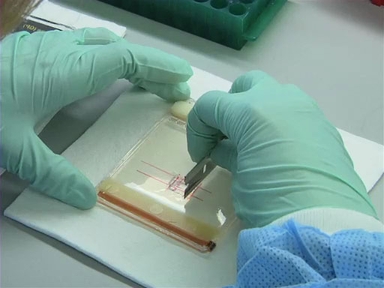
Now Playing
Gel Purification
Basic Methods in Cellular and Molecular Biology
110.1K Visualizzazioni
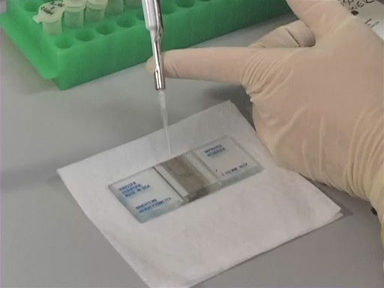
Utilizzo di un emacitometro per contare le cellule
Basic Methods in Cellular and Molecular Biology
223.2K Visualizzazioni
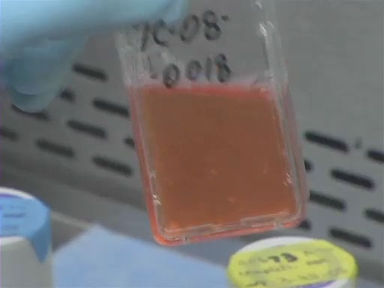
Passaggio delle cellule
Basic Methods in Cellular and Molecular Biology
191.7K Visualizzazioni

PCR: La reazione a catena della polimerasi
Basic Methods in Cellular and Molecular Biology
723.0K Visualizzazioni
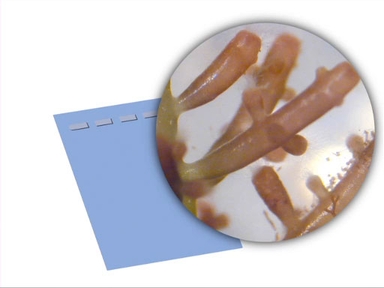
Elettroforesi su gel di DNA
Basic Methods in Cellular and Molecular Biology
606.0K Visualizzazioni

Separazione delle proteine con SDS-PAGE
Basic Methods in Cellular and Molecular Biology
479.1K Visualizzazioni
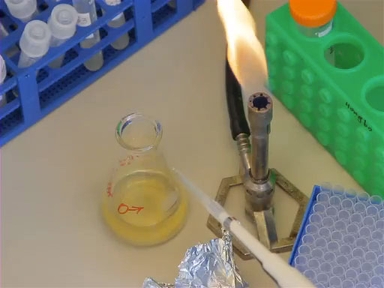
Trasformazione batterica: il metodo dello shock termico
Basic Methods in Cellular and Molecular Biology
736.9K Visualizzazioni
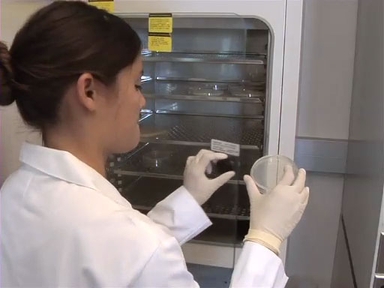
Trasformazione batterica: elettroporazione
Basic Methods in Cellular and Molecular Biology
115.3K Visualizzazioni
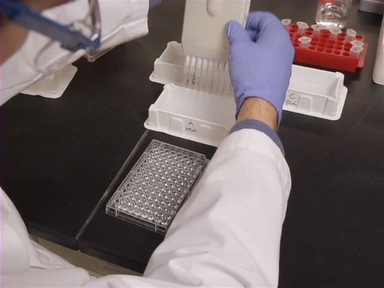
Il Metodo ELISA
Basic Methods in Cellular and Molecular Biology
252.6K Visualizzazioni
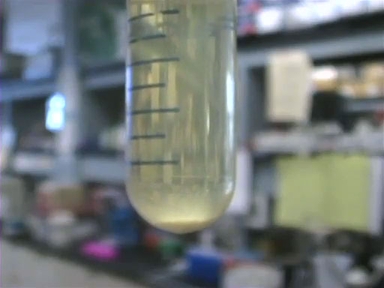
Purificazione del plasmide
Basic Methods in Cellular and Molecular Biology
307.7K Visualizzazioni
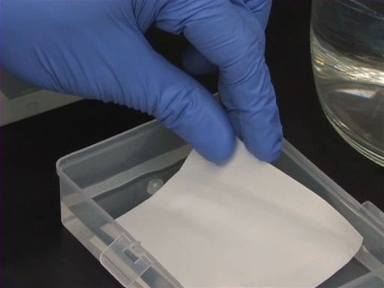
Il western blot
Basic Methods in Cellular and Molecular Biology
504.0K Visualizzazioni
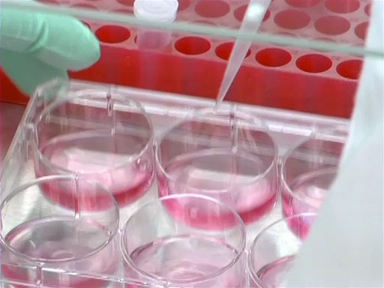
Un'introduzione alla trasfezione
Basic Methods in Cellular and Molecular Biology
170.3K Visualizzazioni

Reazioni di legatura del DNA
Basic Methods in Cellular and Molecular Biology
189.1K Visualizzazioni
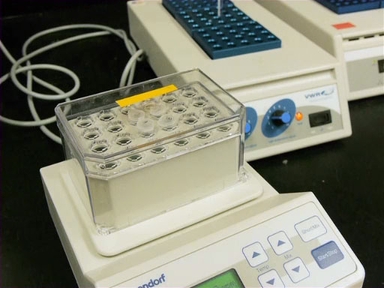
Digest enzimatico di restrizione
Basic Methods in Cellular and Molecular Biology
285.8K Visualizzazioni

Clonazione molecolare
Basic Methods in Cellular and Molecular Biology
376.6K Visualizzazioni